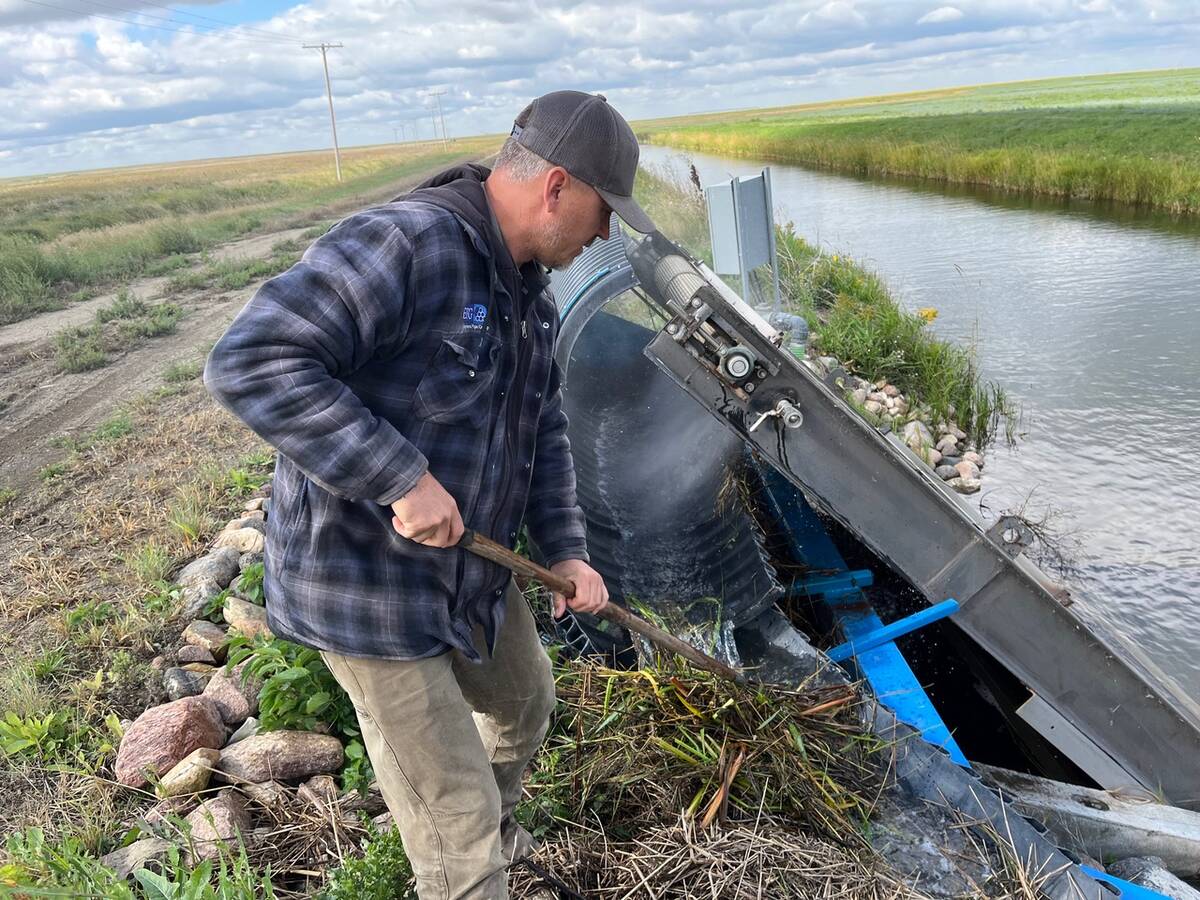Cattle producers worry about the snags that could arise when the United States reopens its border to Canadian live cattle under 30 months of age.
They wonder what protocols will be needed for that trade to resume, and whether those will add to the cost, labour and risk of shipping cattle south. They also wonder what will become of animals that get shipped across the border but are then judged to be over 30 months of age before they get to slaughter.
“Are they going to condemn them, are they going to just tank them, or are they going to turn around and ship them back?” asked Betty Green, president of the Manitoba Cattle Producers Association.
Read Also

Saskatchewan farmer uses tile drainage to manage water
The integration of both irrigation and tile drainage results in higher yields, water efficiency, improved soils and less nutrient runoff, says one producer.
Producers won’t get any answers to those questions until some time in the new year.
On Oct. 31, the United States Department of Agriculture presented proposed regulations that would permit cattle under 30 months of age back into the U.S. market. The department has allowed 60 days for comment before developing a more permanent set of rules.
Green worries that Canada will not be ready to meet all the requirements on the day Canadian live cattle can again start going south. That concern, she said, is driven by what happened earlier this fall when the U.S. border was reopened to imports of Canadian boxed beef.
“The preparation hadn’t been done to ensure that the boxed beef could start flowing. It was weeks, if not months, later when we really saw a significant amount start to flow. That has caused some of the anxiety people have.”
Brian Evans, Canada’s chief veterinary officer, said one goal is to ensure regulations for sending live cattle into the U.S. are practical and flexible enough for the Canadian cattle industry. But he said the measures used to verify and certify the age of cattle must be able to withstand U.S. scrutiny.
A taste of what might be expected was included in the preliminary regulations released Oct. 31.
Among other things, the rules said slaughter cattle entering the U.S. must go directly to processing plants in sealed trucks, and be accompanied by certification from the Canadian Food Inspection Agency that they are healthy and never received ruminant protein in their feed. Cattle under 30 months of age could enter restricted feedlots, but they would need an ear tattoo with the letters “CAN” and vet certification.
Evans said they are trying to keep all options on the table, noting there are various methods of age verification.
Charlie Gracey, a consultant working on the issue for the Canadian Cattlemen’s Association, said the age requirement was put in by the Americans as an arbitrary measure, with no basis under the standards of the Office International des Epizooties. The OIE was set up to guarantee the safety of world commerce by developing sanitary rules for international trade in animals and animal products.
Gracey and Green agreed that examining an animal’s teeth to establish its age is not a completely reliable way to tell whether it is over 30 months of age, although some argue it provides a reasonable degree of accuracy.
American interest in Canadian feeder cattle could wane if they imported those animals and then encountered some that got their second incisors before going for slaughter. However, Gracey also pointed out that most fed cattle are slaughtered by 24 months of age, well before getting their second incisors.
Meanwhile, he and Green wonder whether there will be some way to verify the age of slaughter cattle well in advance of shipping them to the U.S. Having to inspect the animals’ teeth just before export could increase shrink and bruising, said Green.
The discussion of age verification includes the possibility of using Canada’s national identification program for cattle. There has been mention of embedding animal birth dates in electronic ear tags.
Gracey said it could merit a closer look if there was assurance from the U.S. that electronic tags would trump the current proposal of identifying an animal’s age by its teeth.
















